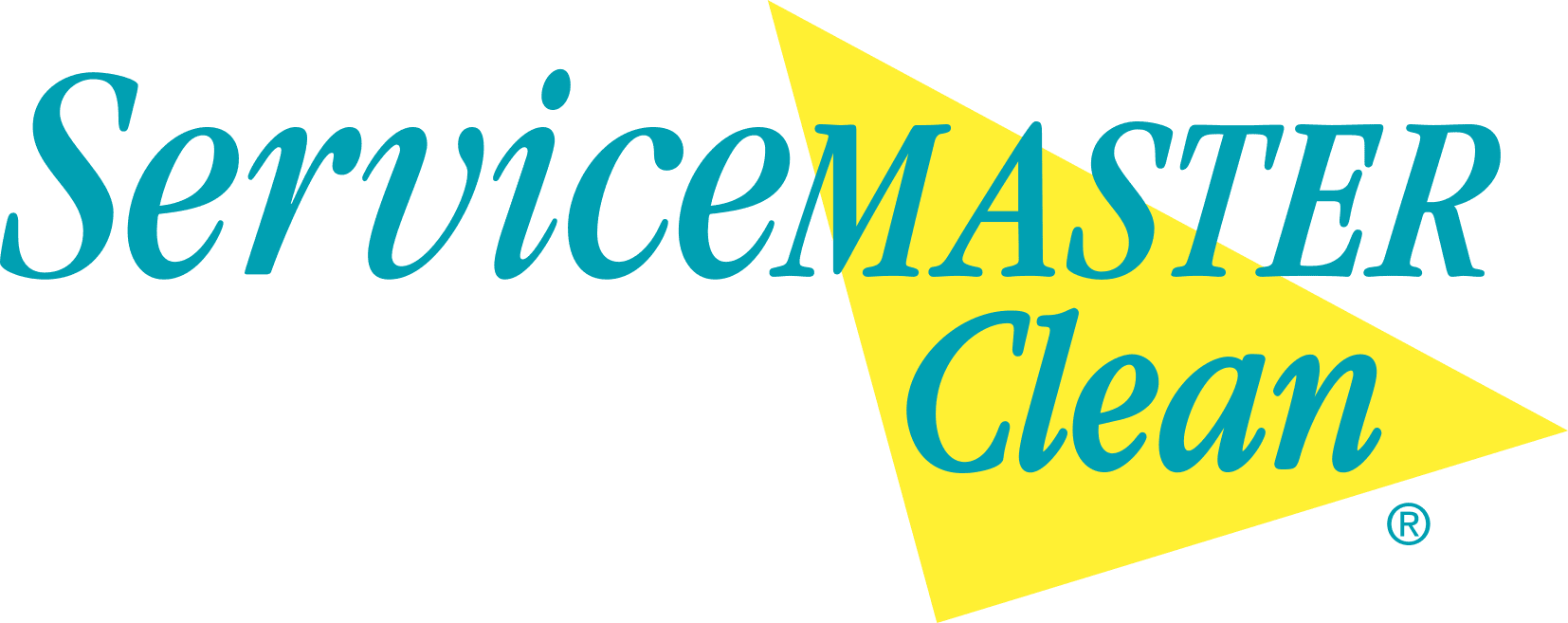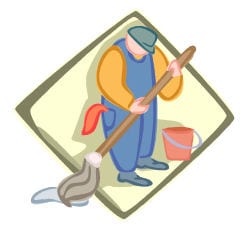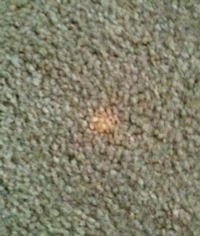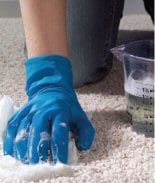Professional Carpet Cleaner, or, Just the Janitor?
Why would a building allow an uncertified Janitor to clean the common hallway carpets?
The only reason we can think of is they see them every day (ease of access) , “Bob” the janitor is probably a nice guy, and the strata hopes to save some money.
Do you really want “Bob” to maintain the common area carpets and be responsible for protecting this investment?
Let’s say its costs 10 per sq. ft. to remove and replace common area carpet. So a typical building is 6,000 sq. ft. so roughly it would be between 60K and 80k to replace the carpet (not pocket change).
“TOP TEN REASONS TO USE A PROFESSIONAL”
Ask Yourself – Why wouldn’t you have a firm who:
- Has certified techs (Clean Trust/ IICRC)
- Career professional (This is all they do, clean common area carpet. Well, they do have hobbies
- Meet warranty specifications
- Tech’s who know their chemistry
- Has a plan, isn’t reacting to seeing dirty carpet which is often too late and wear damage has occurred
- Has liability insurance 5 Million (People do slip and fall and sue)
- Has WCB coverage for carpet cleaning no janitorial. (Tech’s can hurt their backs)
- Has great equipment, each van costs upward of 50K to set up
- Has great customer service team, 25 + years of business
- We are proven to increase the life span of the carpet
So if are considering having “Bob” clean the carpets to save some money please consider the above.
The best thing a building can do is have Bob vacuum the carpets with a great vacuum on a consistent schedule removing 90 % of the dry soil and let the experts remove the 10 % left the sticky soil (carpet talk).
A typical quarterly maintenance program for this building would cost 2k annually, which is a very small item in a strata’s budget. And replacing the carpet in 6 years instead of 12 (which happens or they just live with dirty worn out carpet) from a financial point of view and liability point of view clearly doesn’t make sense.
David Benoit
General Manager
ServiceMaster Residential For Vancouver







